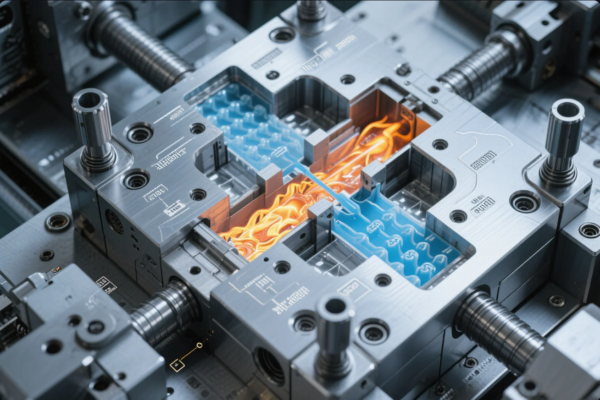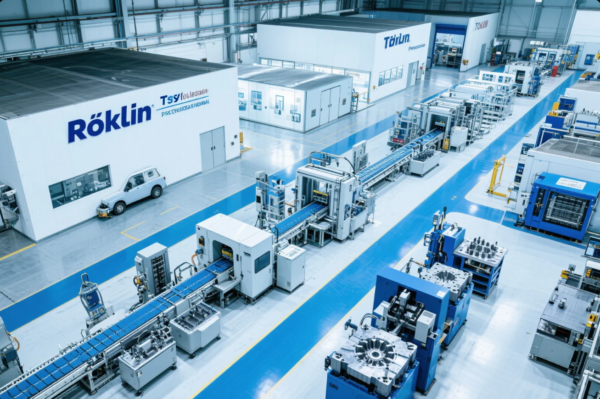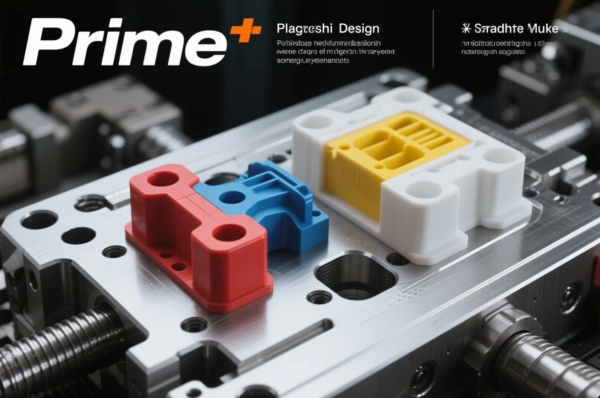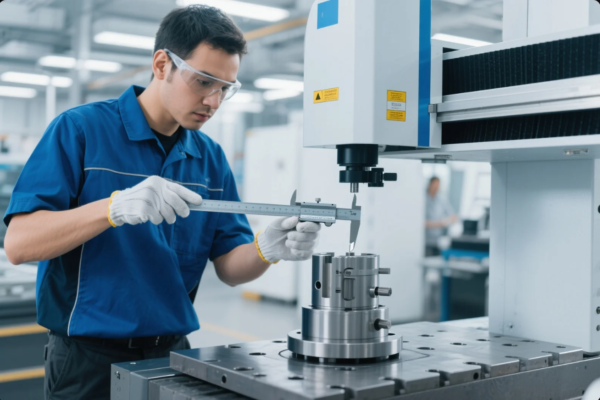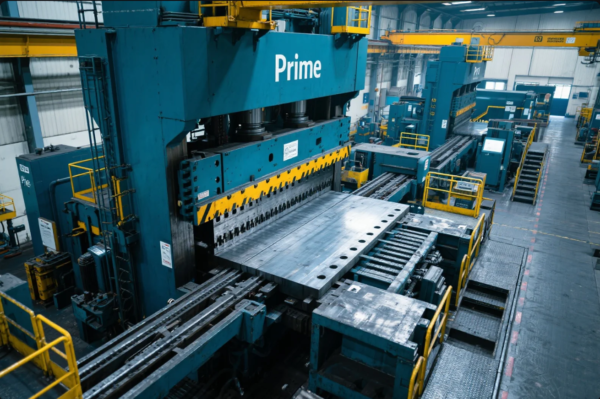Quality Control in Metal Casting: How to Ensure Accuracy & Durability?
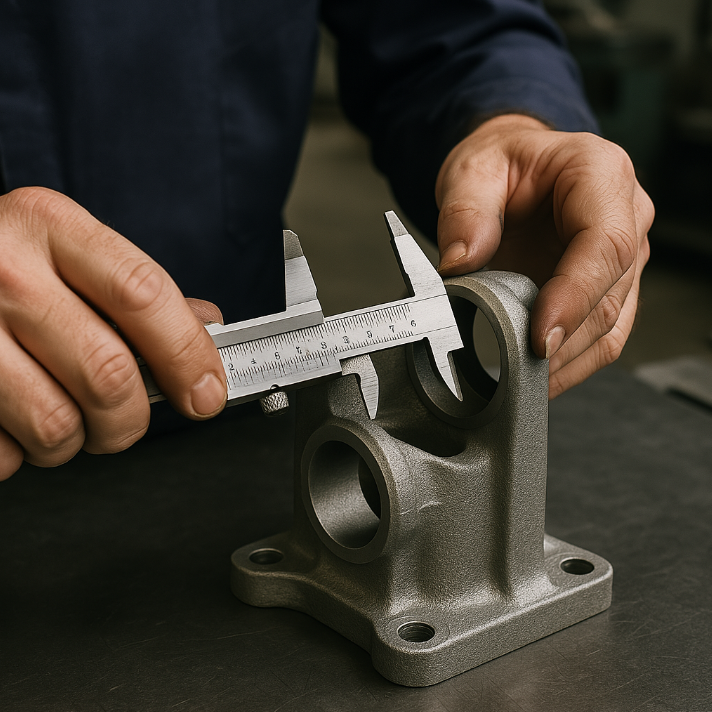
Producing defect-free metal castings isn’t about luck—it’s about systematic quality control. Every rejected part costs time and money, which is why leading foundries invest in multi-stage inspections, testing protocols, and process automation to eliminate flaws. At our factory, strict QC measures reduced customer complaints by 85% last year alone.
A complete casting QC system includes material testing, real-time process monitoring, dimensional checks, NDT (non-destructive testing), and mechanical property validation—but success depends on balancing speed, cost, and defect detection rates for each production stage.
If your castings keep failing QC checks, here’s how to fix issues early and guarantee long-lasting performance.
1. Raw Material Inspection: Does Your Metal Meet Standards?
Defects start with impure alloys or substandard sand.
Critical checks:
✔ Chemical composition (spectrometer testing)
✔ Sand moisture & grain size (mold stability)
✔ Melting temperature logs (prevent cold pours)
Our ISO-certified lab tests every alloy batch—0.5% deviation fails certification.
Common Alloy Defects & Countermeasures
| Issue | Cause | Solution |
|---|---|---|
| Gas porosity | High hydrogen content | Metal degassing (argon purge) |
| Slag inclusions | Poor fluxing | Better slag removal systems |
| Hardness variation | Uneven cooling | Controlled quenching |
2. Process Control: How to Monitor Casting in Real Time?
Temperature and speed decide quality.
Smart foundry technologies:
✔ Infrared cameras track cooling rates
✔ Flow sensors optimize pour timing
✔ AI-driven alerts for abnormal patterns
We cut shrinkage defects by 70% after installing IoT sensors in molds.
3. Dimensional Accuracy: How Precise Are Your Castings?
Even slight warping can ruin assembly fits.
Solution checklist:
✔ CMM (Coordinate Measuring Machine) scanning
✔ Laser scanning vs CAD models
✔ Automated vision inspection (rejects ±0.1mm errors)
Our robot-guided CMMs check 100+ dimensions per part in 60 seconds.
4. Non-Destructive Testing (NDT): How to Find Hidden Defects?
Some flaws only appear under X-rays or ultrasound.
Best NDT methods for castings:
✔ X-ray imaging (internal cracks, porosity)
✔ Ultrasonic testing (wall thickness, voids)
✔ Dye penetrant inspection (surface cracks)
90% of aerospace castings require full X-ray reports.
5. Mechanical Testing: Will Your Casting Fail Under Load?
If it breaks too soon, warranty costs soar.
Essential mechanical tests:
✔ Tensile strength (simulates pulling forces)
✔ Impact resistance (measures brittleness)
✔ Fatigue testing (long-term durability)
Our hydraulic test rigs simulate 10+ years of stress in 48 hours.
6. Packaging & Shipping: Does Your Protection Prevent Damage?
Even perfect castings can arrive broken.
Packaging best practices:
✔ VCI (Vapor Corrosion Inhibitor) paper
✔ Custom foam/wooden crates for heavy parts
✔ Shock sensors to track rough handling
Our 2-layer packaging reduced shipping damages from 5% to 0.2%.
Conclusion
Effective casting QC isn’t just inspection—it’s preventing defects before they happen. By automating checks, testing rigorously, and monitoring processes in real time, we ensure ±0.2mm precision and 98% defect-free batches. Need castings that pass every QC test? Ask us about ISO 9001-certified production with full traceability.

